Since the dawn of time, color plays a vitally important role in the world we live in. As you may know, color can change your mood, adjust your blood pressure or even save energy consumption. As a powerful form of communication, color is irreplaceable. For example, let’s think about the simplest thing that children can understand clearly: traffic lights. “Green” means “go”, “Red” means “stop”, and “Yellow” means “slow down”. As you can see, with just three basic colors, universal messages are sent.
Nowadays, in Marketing, it is clear that many recognizable products and brands in the world rely on color as a key factor in their instant identification. It is reported that color can help increase brand recognition by up to 80%. What’s more, nearly 85% said color is their main reason for buying a product. And 62% to 90% of customers’ product judgments are based on color alone.

Now, can you recognize these above logos?
Yes, it is quite easy to define representative logos of Google, YouTube, Twitter, ActivePresenter, Facebook, and Instagram, respectively.
Overall, color is important in life. So, how about the role of color in education?
Indeed, color plays an important part in education in general and in eLearning in particular. There is no doubt that coloring an eLearning course is one of the most effective ways to boost learners’ attention and connect them to your course.
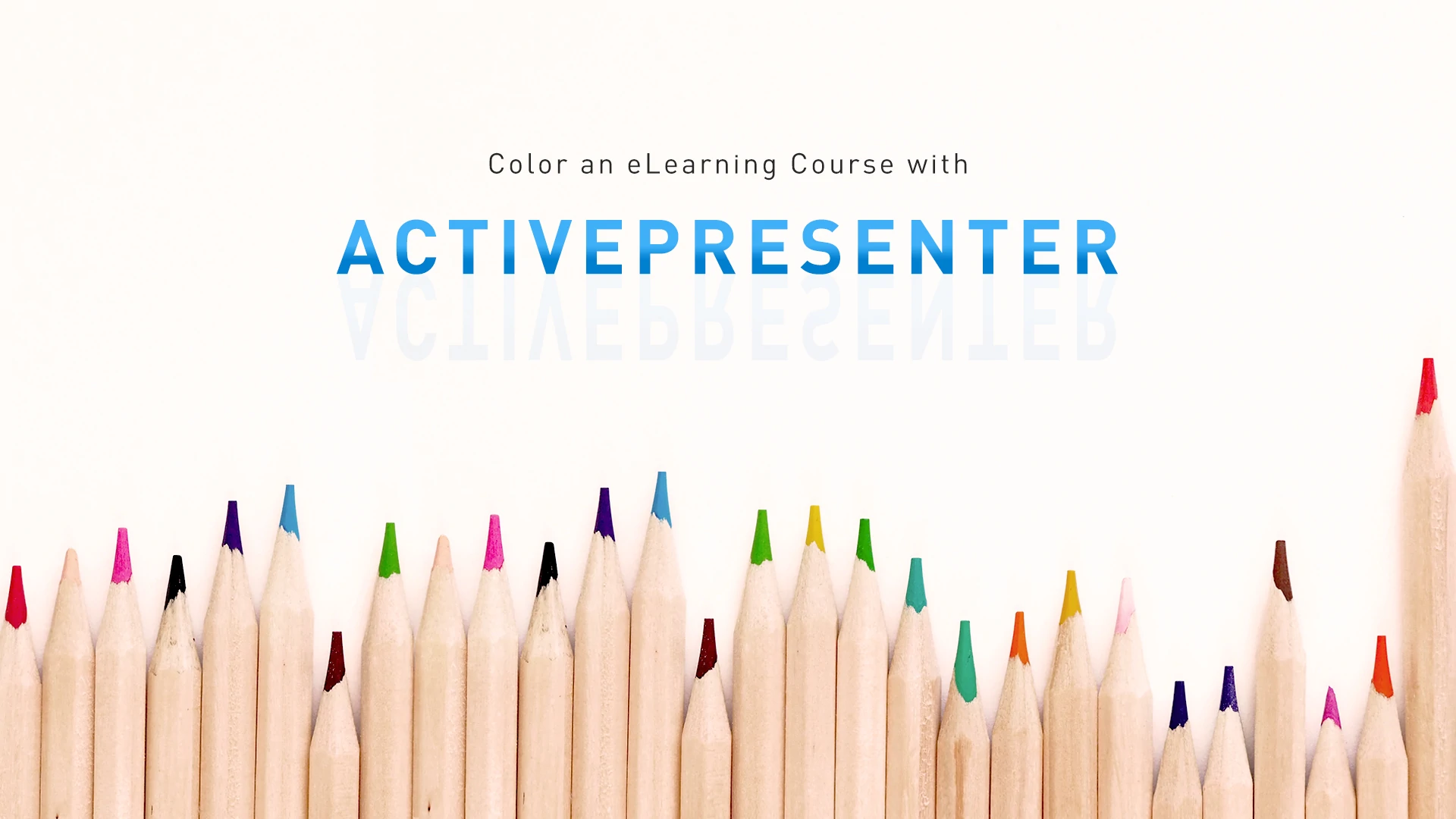
So, to color an eLearning course harmoniously, any designer has to pay attention to color theory. Based on that, they can design great eLearning courses which remain in learners’ interest.
Today, we will walk through the color theory and find out some ways to color an eLearning course with ActivePresenter.
Now, let’s get started.
Color Theory
Basically, Color theory refers to the visual impact of color and color combination. Color theory can be very complicated for those who are not pro. However, we will break it down into smaller pieces to give you a more clear understanding of it.
There are three color groups: warm, cool, and neutral colors. Each group consists of different colors.
- Warm colors: Red, Orange, Yellow.
- Cool colors: Blue, Green, Purple.
- Neutral colors: Black, White, Gray, Brown.
In addition, each group with its colors has its meaning. For example, warm hues energize and stimulate our senses, while cool tones give us calmness and freshness. Besides, neutral colors bring elegance. Now, get an inside look at colors to explore them through the picture below:
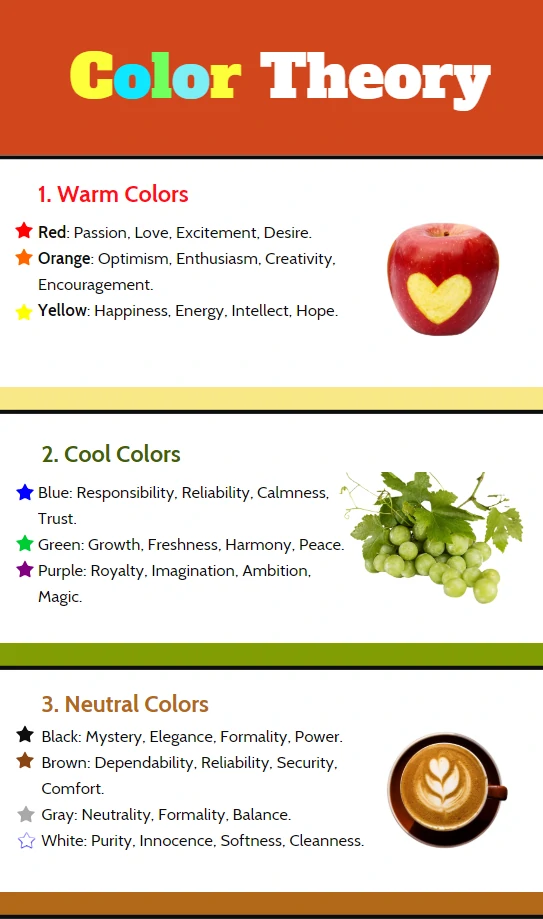
So, you’ve known the secret of the basic colors. However, how to combine these colors and how to use them well are not always easy. In fact, color theory is difficult to remember, sometimes. Hence, you may need an authoring tool to help you color an eLearning course nicely. Don’t hesitate, give ActivePresenter a try.
Color an eLearning Course with ActivePresenter
When it comes to education, especially eLearning, color impacts directly learners and e-courses. “Color is a power which directly influences the soul.” (Wassily Kandinsky). Using the “true” colors can raise learners’ interest, learning speed, and capability of retention. However, be careful when using colors. Don’t overuse it, if not, it may become counterproductive!
To color an eLearning course effectively, ActivePresenter offers you many available features.
Theme Colors
Apart from content, theme is an important element of any project. Nevertheless, selecting a suitable theme for your project is not always easy.
Fortunately, ActivePresenter offers you a built-in theme colors list that set up default colors for text, background, fill style, and outlines. These available theme colors provide users with stunning harmony. To open this feature, please open the Design tab. With it, you can freely color an eLearning course or set up your own sets to fit your needs. Thanks to that, coloring your e-courses can be sped up.
For more information, please refer to Working with Theme Colors.
Quick Styles
Quick Styles is a style listed in ActivePressenter that can be accessed anytime. It is placed in both the Home and Format tabs. Using this feature is a handy way to quickly change an object’s fill, line, shadow, and text style. In fact, ActivePresenter offers you many available quick styles created in 10 different colors. What’s more, text color always contrasts with the background color bringing your e-course a good look.
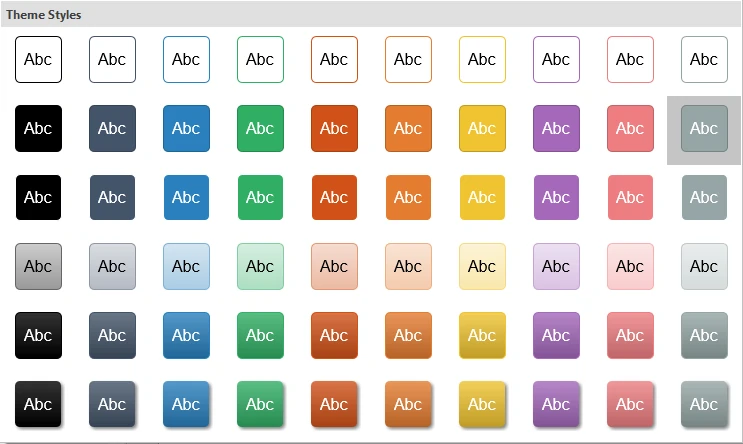
Shade and Tint Color
Sometimes, to color an eLearning course perfectly, users will need more than basic colors. However, if an authoring tool doesn’t support many colors, users may feel irritated. Understand your needs, ActivePresenter offers both shade and tint colors apart from standard colors. Thanks to that, users will have more chances to select colors in the design.
Basically, a shade is a mixture of color with black, which increases darkness. Meanwhile, a tint is a mixture of white, which increases lightness.

What’s more, the Eyedropper tool in ActivePresenter lets you copy exactly the color you want from a specific area. Thereby, it helps to color an eLearning course naturally and harmoniously.
Preset
ActivePresenter gives you another option to customize the interface color around the slide content. Using Preset in Player Settings will help you make your course looks more stunning in the output. As can be seen, you are provided a built-in-preset list with a variety of different presets. Besides, you can freely customize color parameters to create your own presets as you wish.
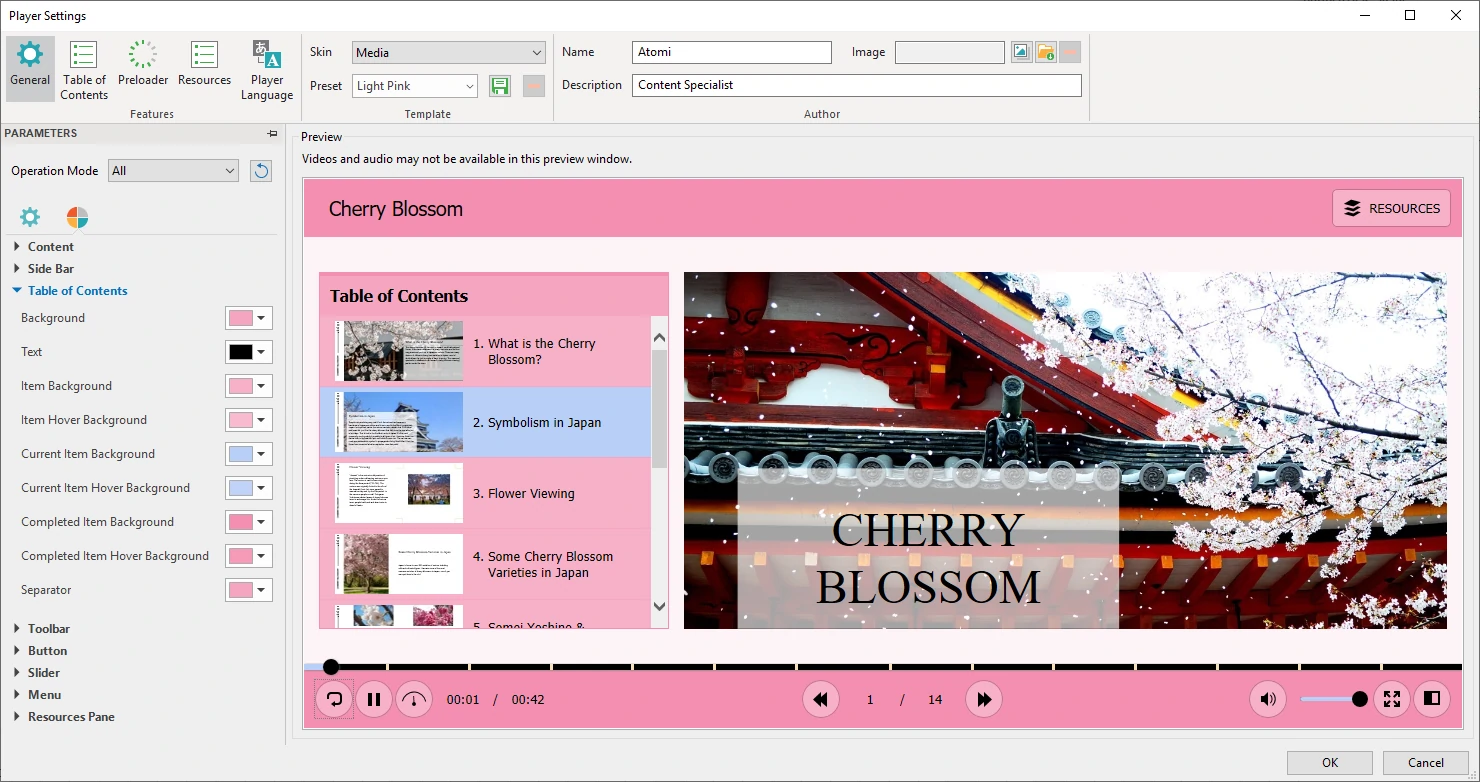
For more information, please refer to Customizing HTML5 Player Settings.
Gradient Fill
Last but not least, to color an eLearning course, you cannot miss Gradient Fill. It is placed in the Fill feature of ActivePresenter. Generally, gradient fill is used to blend one color with another, and create transitions between colors. In other words, it allows us to fill the shape with a gradient of colors. Certainly, you can color e-courses livelier and easily with its support. Now, take a look at the below example to see how it works:
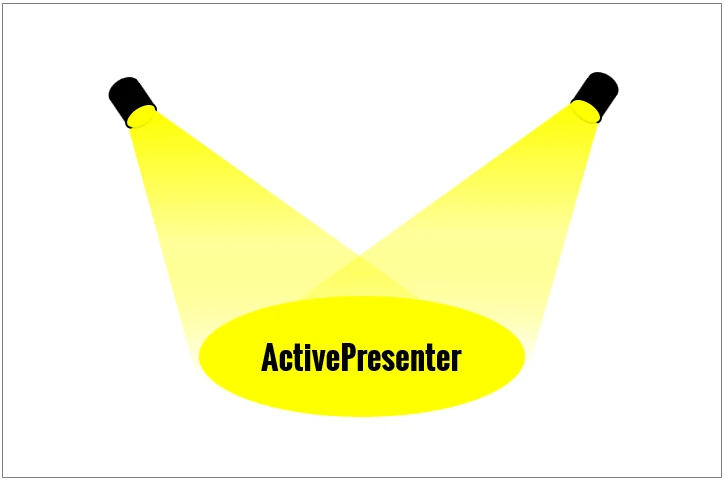
Final Words
On the whole, you had a great tool to help you color an eLearning course with ease. Are you satisfied with these above features? Give ActivePresenter a go and contact us if you need any support. Stay tuned for upcoming useful articles on our blog page. Have a nice day with ActivePresenter!
See more:
How to Combine Colors to Beautify Your Next Design
4 Places to Find out the Best Website Color Scheme Generator